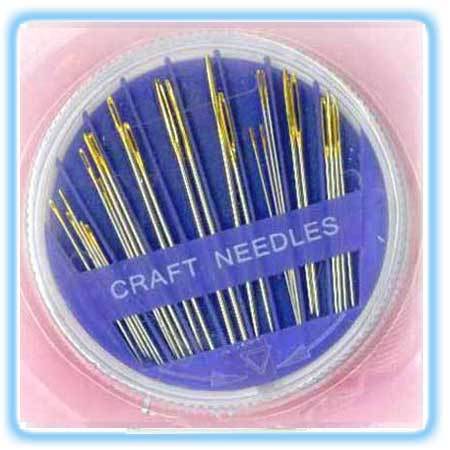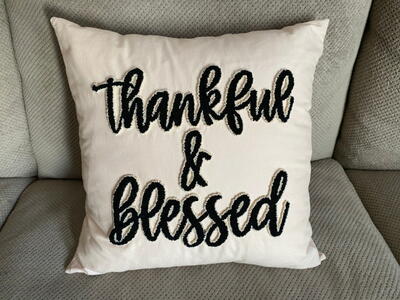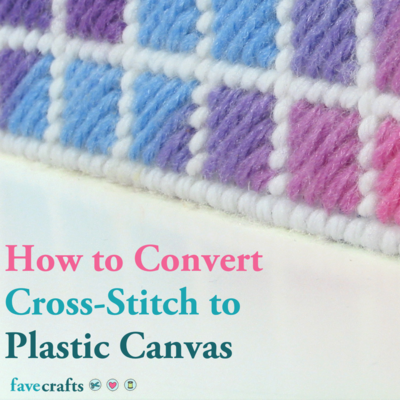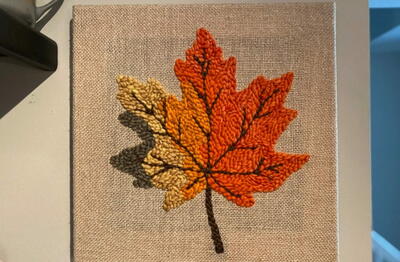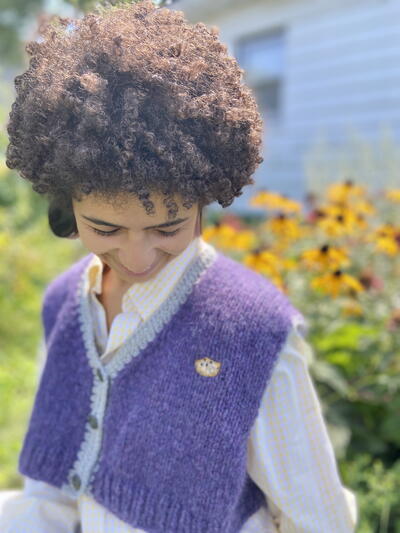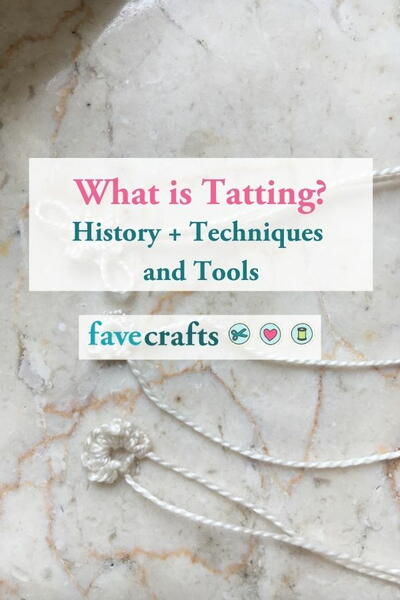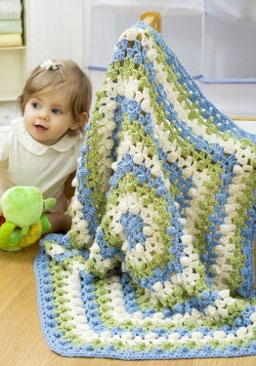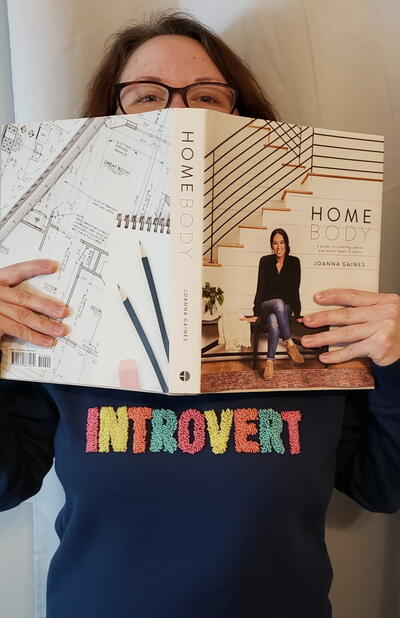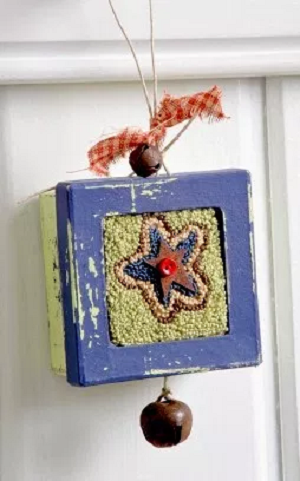The Needlearts: A Little Trivia and History
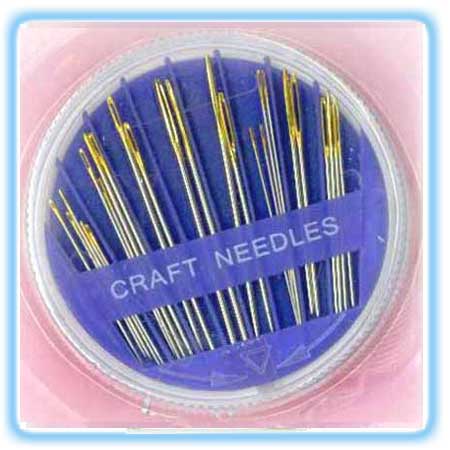 I’ve typed the word needlearts for around 20 years now and still my word check program wants me to change it to the needle arts. However needlearts spelled as one word is a highly respected category of art and craft and has been for generations. The needlearts includes work done by needle and by hand such as hand sewing, hand quilting, cross-stitch, needlepoint, crewel, embroidery, tapestry, knitting, hand smocking, crochet, tatting, lacemaking, needlepunch, rug punch, red work, stump work, bead embroidery, blackwork, needle felting, Hardanger, needleweaving, candlewicking, ribbon embroidery, and chicken scratch.
I’ve typed the word needlearts for around 20 years now and still my word check program wants me to change it to the needle arts. However needlearts spelled as one word is a highly respected category of art and craft and has been for generations. The needlearts includes work done by needle and by hand such as hand sewing, hand quilting, cross-stitch, needlepoint, crewel, embroidery, tapestry, knitting, hand smocking, crochet, tatting, lacemaking, needlepunch, rug punch, red work, stump work, bead embroidery, blackwork, needle felting, Hardanger, needleweaving, candlewicking, ribbon embroidery, and chicken scratch.
The first needles were made out of bone according to the history books, while the Native Americans used porcupine needles to stitch. Needles can be sharp used to cut through fabrics for quilting, hand smocking or embroidery. Others are blunt tipped as when used with cloth like Aida for cross-stitch, yarn for knitting or canvas for needlepoint or plastic canvas work. The traditional needle with a few exceptions has an eye to be threaded and the size of that eye will depend on what kind of materials you will be using. The smallest eye is for beading that barely allows for a single ply thread to pass through the eye, while the largest eye is for cording used making rugs and sewing sails.
The length of the needle has much to do with its intended use. Lei needles are some of the longest I’ve ever seen measuring up to 18” giving the person stringing the flowers and seeds lots of working room. Doll making needles can also be quite long allowing the doll maker to get from point A in the doll body to point B in the doll body with ease. Beading needles quite slim are often 2-3” long to let the beader line up many beads as possible before having to push the beads down the thread or wire. The diameter of the needle can vary to barely able to see without magnification to 1” for large stitch knitting. The folklore of needles states that the smaller the needle, the smaller the stitch you will naturally make.
The quality of a needle is seen in its strength and sharpness. To keep your needles sharp make sure to use a wool needle cushion, which will also help prevent a needle from rusting. Once a needle dulls it is time to recycle it and grab a new needle. A dull needle will snag, rip, and tear fabric and fibers. Needles are made of many materials today from metals to plastics. The easiest way to thread a needle is with a needle threading tool that is made of a thin wire loop that is pushed through the eye, thread placed within the loop, and then pulled back through the eye.
We enjoy many wonderful creative techniques thanks to what is considered a very common, ordinary tool… the needle. Yet, in many parts of the world a needle is still hard to come by and is considered a treasure as it allows the creation of clothing, blankets, and floor coverings. The most common stitch done with a needle? The straight stitch although there are hundreds of utilitarian and decorative stitches documented!
Fun needleart projects on FaveCrafts.com:
Cross-Stitch Recipe Book Cover: A pretty motif of cherries is an easy way to show off your stitching skills.
Christmas Tea Ornament Set: Tea pot, cup, and sugar bowl make this a delightful ornament set.
Egg Cup Pincushion: A colorful way to keep track of your needles and pins.
Read NextWhat is Tatting?
Your Recently Viewed Projects
sexiithick07 84380 08
Jan 01, 2011
hello i am interesting in your products can yo send m a cataloge please.
Report Inappropriate Comment
Are you sure you would like to report this comment? It will be flagged for our moderators to take action.
Thank you for taking the time to improve the content on our site.

